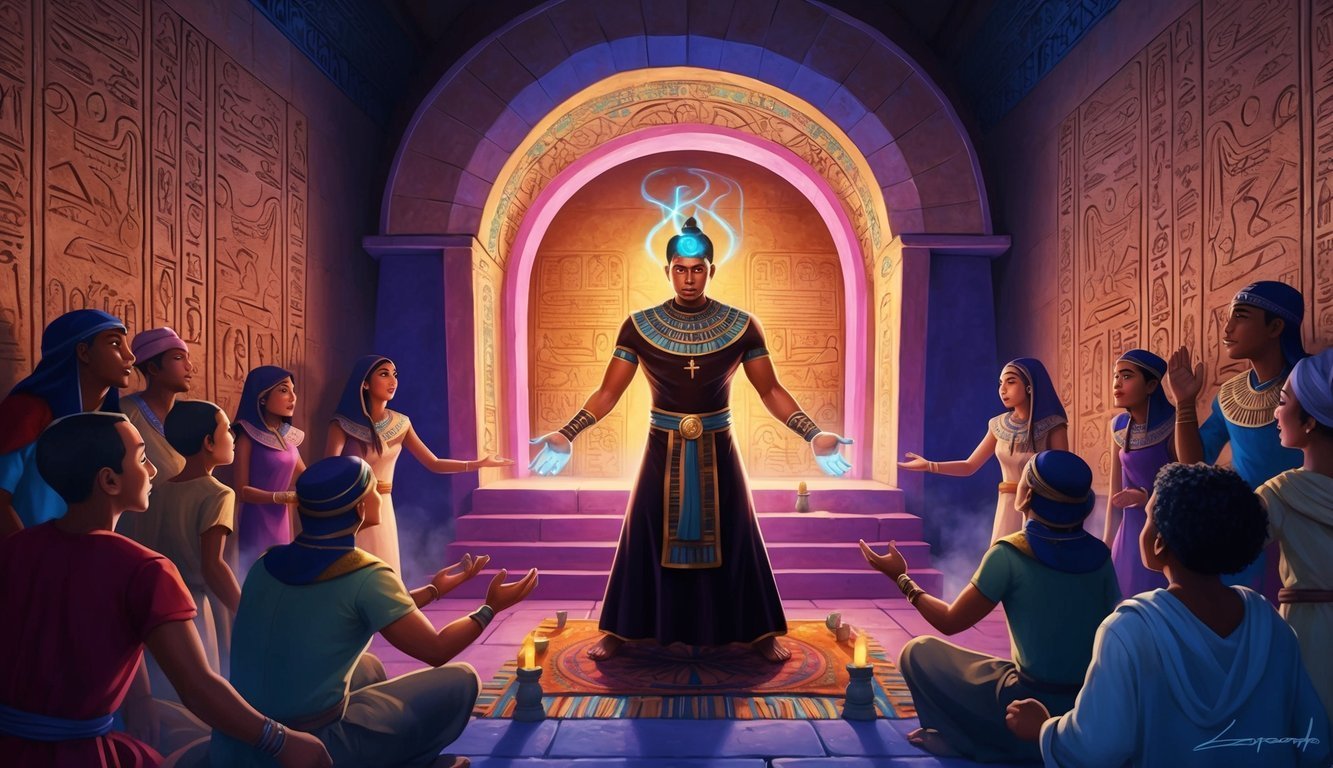A fascinating breakthrough in the field of Egyptian archaeology has surfaced in Saqqara, revealing an extraordinary tomb that dates back 4,100 years.
This burial site is believed to belong to a proficient “conjurer-doctor,” showcasing the depth of ancient Egyptian practices.
The Find of Tetinebefou
The tomb is a visual delight, adorned with intricate paintings and vivid hieroglyphics that sparkle with the creativity of the era.
It was discovered that the tomb belonged to a figure named Tetinebefou, who held noteworthy titles, including “conjurer of the goddess Serket,” “director of medicinal plants,” and “chief dentist.” Serket, a goddess revered in mythology, was known for her association with scorpions and her protective role against their stings.
It’s particularly striking that the title of director of medicinal plants is almost unique, with only one other known instance from that time, underscoring the rare expertise possessed by Tetinebefou.
Philippe Collombert, who leads the Swiss-French excavation team, suggests that Tetinebefou might have served as the chief physician for the royal court, potentially providing medical care directly to the pharaoh.
Insights from the Tomb
While the sarcophagus itself was absent, the excavation team did uncover a stone coffin inscribed with additional hieroglyphs that corroborate Tetinebefou’s identity and his distinguished titles.
The sophistication of ancient Egyptian medicine, including successful brain surgeries, illustrates the high level of expertise that practitioners like Tetinebefou possessed.
The artistic splendor within the tomb is remarkable, featuring captivating carvings and vibrant artistry.
Among its highlights is a beautifully painted false door and vivid portrayals of funerary offerings.
According to the Egyptian Ministry of Tourism and Antiquities, this discovery enhances our understanding of cultural practices during the Old Kingdom, revealing insights through the rich texts and imagery festooned on the walls.
Historical Context
It seems the site may have suffered from looting in ancient times.
Saqqara served as a significant burial ground for distinguished figures of the Old Kingdom, and it is believed Tetinebefou lived during the reign of Pepi II, who ruled in the sixth dynasty.
This period was marked by impressive architectural feats, including the construction of pyramids, yet it eventually encountered turmoil that led to the fragmentation of the empire as the First Intermediate Period approached.
This groundbreaking discovery not only deepens our appreciation of ancient Egyptian civilization but also celebrates the remarkable medical knowledge and artistic flair achieved by these historical figures.
Source: Goodnewsnetwork


